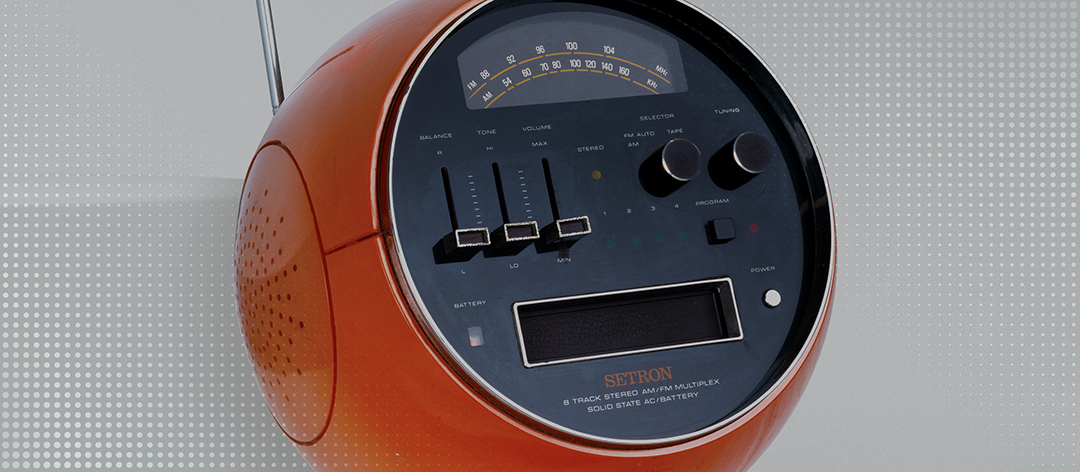What We Are Looking For
We are looking for objects and stories from Singapore’s early days of industrialisation that demonstrated our boldness and pioneering spirit, adaptability in pursuing new economic opportunities, and resilience in the face of challenges.
Related Milestones and Artefact Examples:
- Home-grown and multinational companies that set up operations in industrial estates at Jurong, Redhill, Tanglin Halt and Jalan Ampat
- Made-in-Singapore products
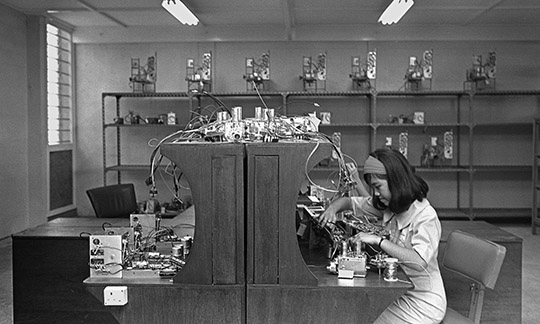
A worker at the Setron Factory at Tanglin Halt in 1966.
Ministry of Information and the Arts Collection. Courtesy of National Archives of Singapore.
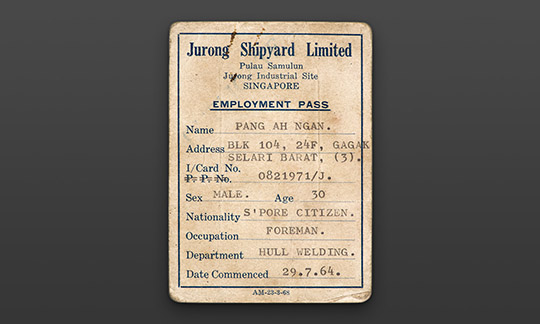
Jurong Shipyard Employment Pass
Collection of the National Museum of Singapore, National Heritage Board
With Singapore’s push for industrialisation and economic growth in the 1960s and 1970s, many factories were sited near housing estates and more job opportunities opened up for both men and women.
Have you worked in one of the first few industrial estates set up in Singapore and do you have mementos from your time there? Share how you felt to be part of Singapore’s economic transformation through your objects and stories.
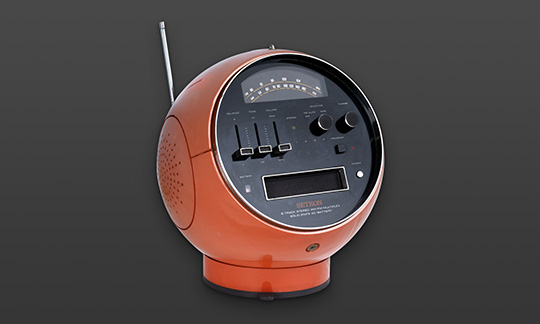
A late 60s to early 70s made-in-Singapore Setron radio.
Collection of the National Museum of Singapore, National Heritage Board
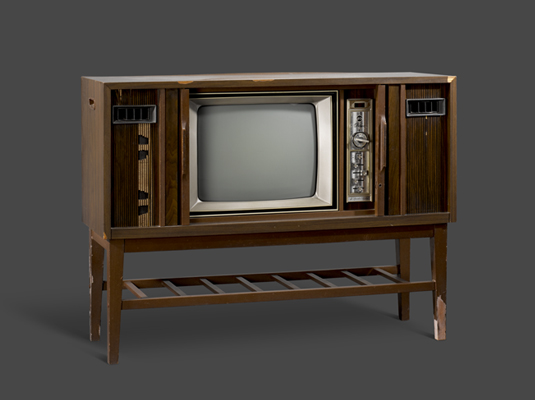
A 1964 black-and-white made-in-Singapore Setron television set.
Collection of the National Museum of Singapore, National Heritage Board.
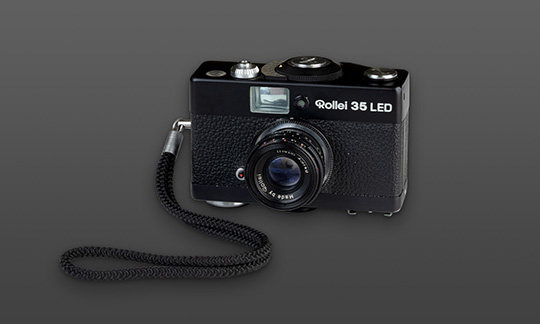
A made-in-Singapore Rollei 35 LED camera.
Courtesy of Mr Chong Nam Soy.
The quality of made-in-Singapore products became well-known and employment opportunities gave more people the chance to own ‘luxury items’ like the Setron TV we see here. Do you own a made-in-Singapore products from the 1960s or 1970s?
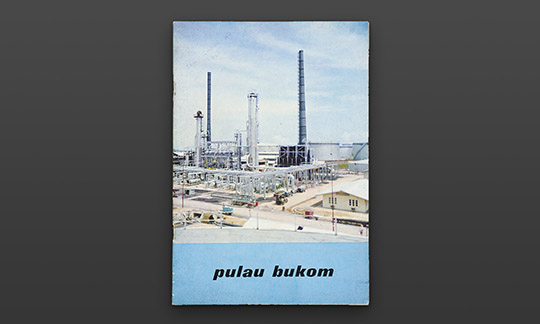
Pulau Bukom published by Shell, featuring the first Pioneer Certificate and reasons why they chose to invest in Singapore.
We are looking for similar publications and anecdotes that detail why multinational corporations chose to invest in or grow businesses in Singapore from the 1960s to 1970s.
Gift of Mr Yeo Choon Ho. Collection of the National Museum of Singapore, National Heritage Board.
More Related Milestone and Artefact Examples:
- Companies and vocational and technical schools that set up training programmes to help workers upskill
- Launch of national productivity campaigns to increase efficiency
- Impact of the British military withdrawal and the conversion of Sembawang Naval Base from military to commercial use
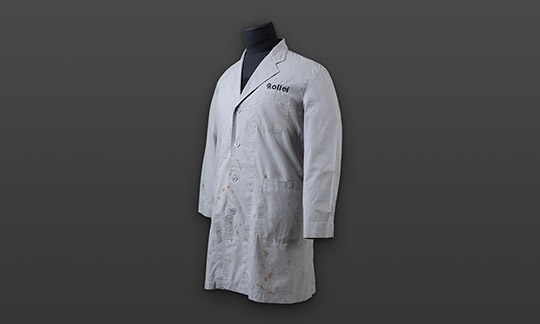
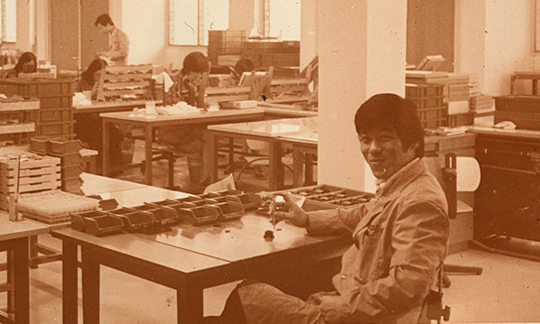
Photo (Left): Courtesy of Mr Chong Nam Soy.
(Right): Gift of Mr Chong Nam Soy. Collection of the National Museum of Singapore, National Heritage Board.
A coat worn by Rollei employees in the 1970s. Mr Chong wearing the same coat at the Rollei Factory where he was a supervisor for a camera production line. After completing his studies in Production Engineering in Singapore Polytechnic, he was trained as a craftsman in the assembly of shutters for various Rollei cameras and was sent to Germany for seven months as part of his training.
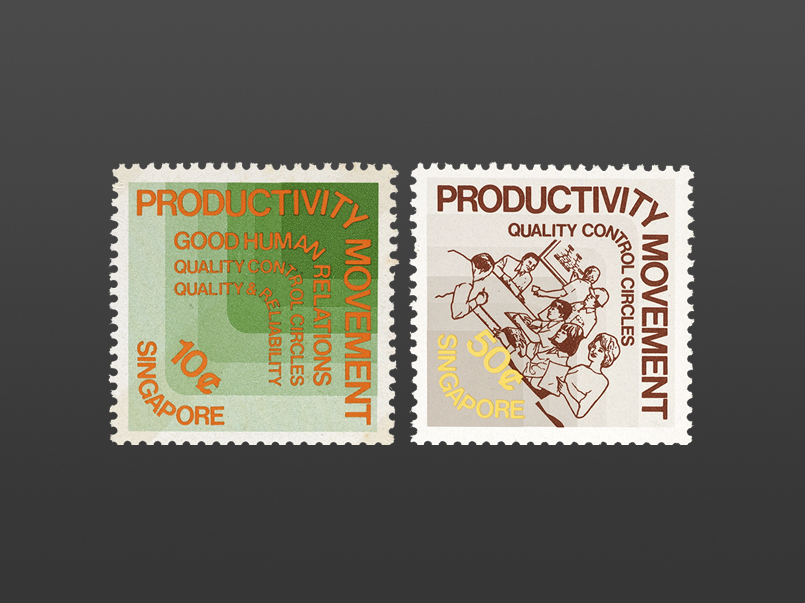
First Day Covers from the Productivity Movement launched in 1982. Prior to this, there were other similar campaigns that were run by the government where upskilling and productivity were emphasised to attract foreign investments, meet labour demands and remain competitive.
Collection of the National Museum of Singapore, National Heritage Board.
Do you have any letters, documents and objects from training programmes you attended in the 1960s to 1970s or any other paraphernalia from efforts to drive productivity like the first national productivity campaign in 1975? How were you a part of these efforts?
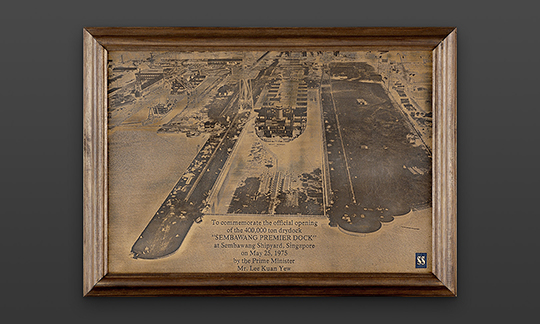
Plaque commemorating the official opening of the 400,000 tonne dry dock at Sembawang Shipyard, Singapore on 25 May 1975.
Collection of the National Museum of Singapore, National Heritage Board.
When the British miltiary withdrawal was announced in 1967, Singapore had little time to respond to a permanent structural change to its economy and a potential loss of 30,000 jobs. In a speech by Mr Lee Kuan Yew in Parliament in 1967, he said that people had to adjust their methods of work and in some instances “make the painful change of earning a living in a different way”.
Were you impacted by the British military withdrawal? Share your story and photos with us.
Do you have artefacts or stories like these?



